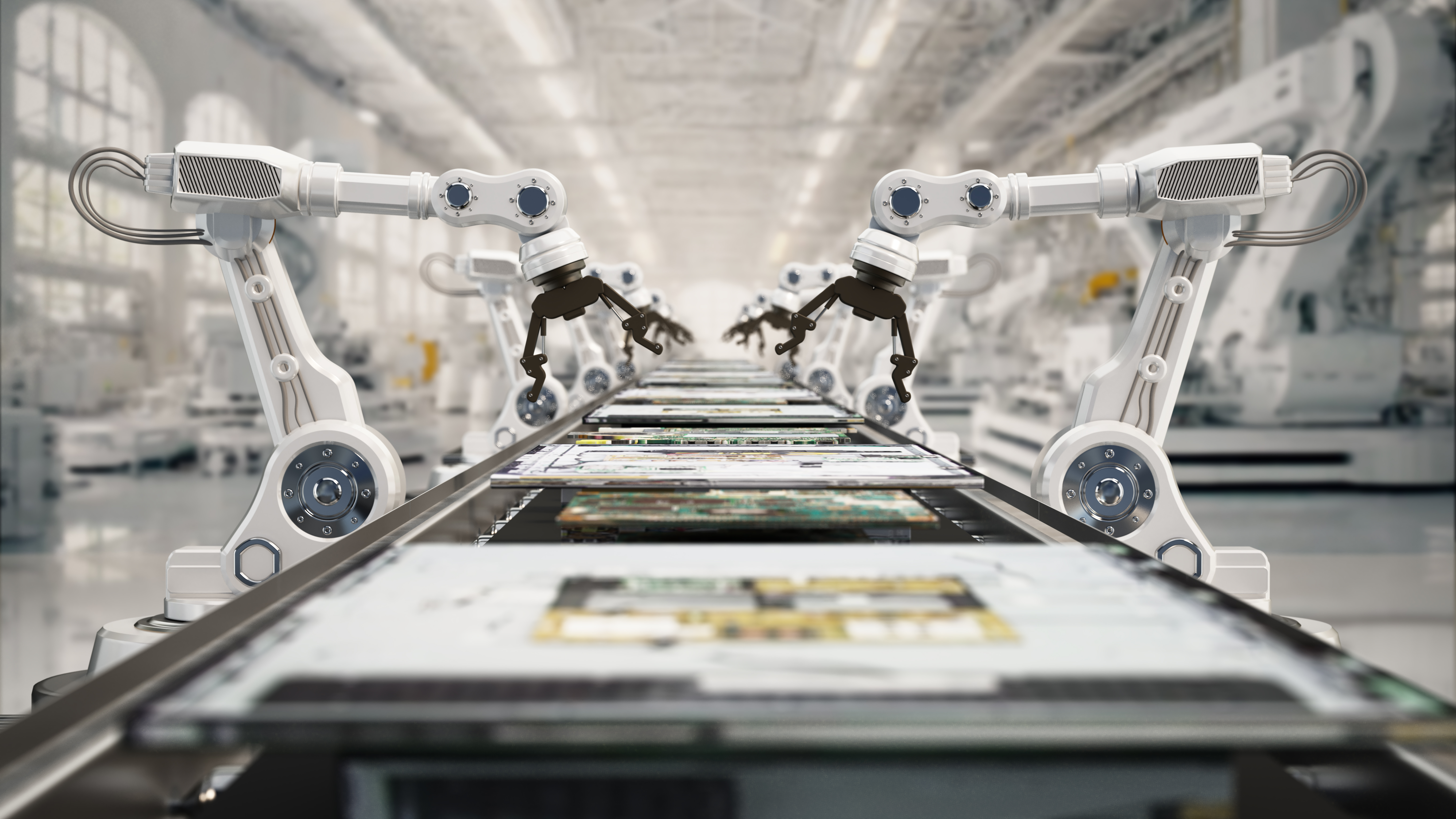A robotics revolution is unfolding, thanks to the artificial intelligence (AI) explosion. Robots that physically move, lift, and assemble products are estimated to represent a $130 billion opportunity by 2035, split between $38 billion in humanoid robots and $94 billion in industrial systems.
Three companies control the essential infrastructure behind this boom. Amazon (AMZN +1.43%) operates over a million robots across its fulfillment network today. Tesla (TSLA 3.36%) aims to manufacture humanoids at prices far below existing competitors. Nvidia (NVDA +2.26%) provides the AI platforms powering both companies and virtually every serious robotics program.

Image source: Getty Images.
Here's why these three top robotic stocks are buys right now.
Amazon built the robot army nobody noticed
While rivals show prototypes, Amazon deploys at scale. More than 1 million robots work across more than 300 facilities, moving boxes from point A to point B. This is not future tech. It is the infrastructure that moves billions of packages each year.

NASDAQ: AMZN
Key Data Points
DeepFleet, Amazon's generative AI coordinator, drives about a 10% gain in fleet efficiency. Small gains compound when you run a seven-figure fleet. The hardware lineup includes Hercules, which lifts up to 1,250 pounds, and Proteus, which navigates safely around people.
Amazon's robotics infrastructure handles billions of packages annually, and that throughput advantage compounds as the fleet grows. The e-commerce giant already operates robotics at a scale no competitor matches.
Why Optimus is the core thesis
Tesla's humanoid robot, Optimus, only matters if the unit economics work. Tesla is targeting a $20,000 to $30,000 price for a general-purpose humanoid. By comparison, Boston Dynamics' Atlas costs around $140,000.
If Tesla reaches its price target levels, competitors will need to cut prices sharply. At that level, humanoids would move from costly demos to tools that make sense for everyday industrial work.
The caveat is simple. Targets are not costs. Reliability, safety, serviceability, and lifetime maintenance are unproven at scale. The thesis depends on hitting a price that turns a humanoid from a capital-intensive toy into an operating expense with a fast payback.

NASDAQ: TSLA
Key Data Points
If Tesla gets there, Optimus becomes the business. If it does not, Optimus is an expensive paperweight. History suggests Tesla usually crosses the finish line on big manufacturing bets, often later than promised, but at a scale that changes unit economics.
Nvidia captures the economics layer
Nvidia sells the brains and tools for robots. The Isaac stack pairs the GR00T N1 humanoid foundation model with Isaac Lab for training and Isaac Sim for digital twins. GR00T-Dreams shortens synthetic data generation to hours instead of months, which speeds up real-world deployment.
Adoption is broad across categories. Boston Dynamics and Agility build on Nvidia's platform, Hyundai is standardizing on Omniverse and Isaac for mobility and factory use, and Foxconn has discussed humanoid deployments at its new Houston plant.

NASDAQ: NVDA
Key Data Points
In the robotics space, Nvidia benefits no matter which company takes the lion's share of the market because the training, simulation, and edge compute layer runs through its stack.
Three paths into robotics dominance
The robotics revolution is here, and key inflection points are barreling toward humanity at light speed. Investors would thus be wise to own at least one major robotics stock. These three industry behemoths are solid picks because each company offers a distinct risk profile and value proposition.
Tesla offers massive upside if Optimus hits production and cost targets. Amazon demonstrates operational execution with a million robots already generating value and millions more in production. Nvidia owns the infrastructure layer that nearly every robotics company requires to develop advanced features. All three benefit as robots move from lab curiosities to industrial necessities.